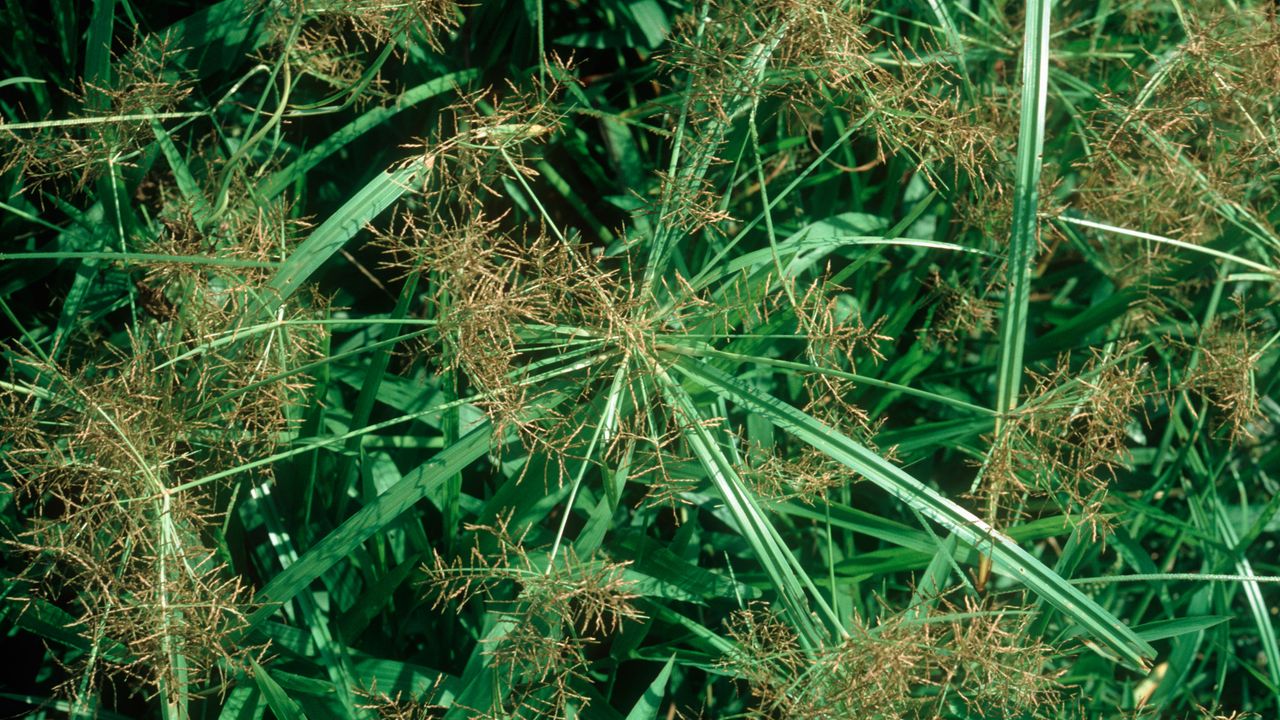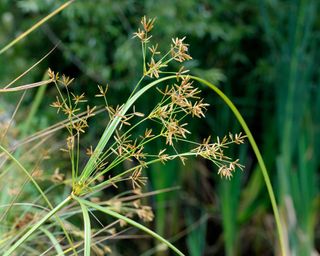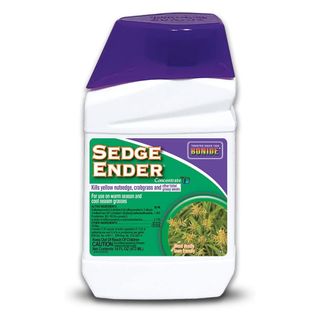How to get rid of nutsedge for good – this 'aggressive' perennial weed could be the reason you hate your lawn
Experts reveal how to get rid of nutsedge – and how to prevent the weed from taking root in your lawn


We all want a pristine lawn but nutsedge, or nutgrass, is a common problem for homeowners and could be the reason why your lawn isn't what you wished for. This aggressive weed, which looks like grass, can quickly take over your yard, and many traditional weed control methods often fall short of success. If you ignore the impostor, you’ll have a relentless weed that suffocates your lawn.
Nutsedge is among the most challenging lawn weeds to manage. But with the correct control methods and proper identification, you can eventually send the weed packing.
Our guide has the details on how to get rid of nutsedge to keep your lawn green and thick, and borders, patios, and driveways free of these unwanted weeds. Whether you are an experienced gardener or a beginner, our effective tips are simple to understand and apply in your yard.

What is nutsedge?
Nutsedge is a persistent weed that usually grows in warmer climates. It is identified by its triangular stem, spiky leaves, and distinctive seed heads. Despite its resemblance to certain types of lawn grass, nutsedge is not an actual grass and does not resemble the pristine lawn that many homeowners desire. Instead, it spreads by underground structures called rhizomes and nutlets, which make it difficult to control. Once the weed grows tall enough, it will develop seedheads. Let it grow wild and it can soon become unmanageable.
Natural methods for removing nutsedge
If you want a natural way to kill nutsedge, there are a few options to consider. One of the simplest methods is to pull it out manually.
'There is a temptation to pull nutsedge out by hand but, the simple fact is that this would be a mistake,' says Drew Swainston, garden editor at Homes & Gardens. 'You need to remove as much of the roots as possible, otherwise, any remaining pieces in the soil will resprout,' adds Swainston.
'To remove the nutsedge by hand, which is recommended to try before reaching for the chemicals, you need to dig a large hole down around the root of the weed and get it out of the ground without leaving any roots behind. Any pieces of root that may remain in the soil must be removed to prevent them from resprouting,' he adds.
Sign up to the Homes & Gardens newsletter
Design expertise in your inbox – from inspiring decorating ideas and beautiful celebrity homes to practical gardening advice and shopping round-ups.
'It is important to closely check and rummage around the resulting hole to see any stray pieces of root. The holes you make from hand-digging out nutsedge can be filled with a mix of topsoil and grass seed, this should quickly fill out the bare patch in the lawn.'
Another option is to smother the nutsedge by covering it with mulch or newspaper. This method works best in flower beds or small areas.
Chemical methods for removing nutsedge
The most common and effective way to kill nutsedge, similar to getting rid of crabgrass, is with a chemical application. However, be aware that there is no preventative treatment available for nutsedge. It can only be controlled by a post-emergent herbicide.
Post-emergent herbicides, such as this Bonide Sedge Ender from Amazon or this Ortho Nutsedge Killer for Lawns from Amazon, should be applied directly to the nutsedge leaves to kill the plant from the top down.
There are several types of post-emergent herbicides available, including those that contain the active ingredients halosulfuron or sulfentrazone. It’s important to note that post-emergent herbicides can potentially kill other plants, so choose carefully, follow the instructions, and avoid applying them on particularly windy or rainy days.
Shop herbicides for nutsedge
FAQs
What is the difference between grasses and sedges?
Sedges do not have such diversity of shape and color as the true grasses, but there are fewer than half the number of sedge species than there are grasses. One feature that distinguishes sedges from grasses is that the stems generally have triangular cross-sections. They also tend to prefer shadier and damper conditions than most grasses. Some well-known sedges include nutsedge (Cyperus esculentus), water chestnut (Eleocharis dulcis), and the white star sedge (Rhynchospora colorata).

Jennifer is the Digital Editor at Homes & Gardens. Having worked in the interiors industry for several years in both the US and UK, spanning many publications, she now hones her digital prowess on the 'best interiors website' in the world. Multi-skilled, Jennifer has worked in PR and marketing and occasionally dabbles in the social media, commercial, and the e-commerce space. Over the years, she has written about every area of the home, from compiling houses designed by some of the best interior designers in the world to sourcing celebrity homes, reviewing appliances, and even writing a few news stories or two.
-
 I’ve ditched my usual mop, dusters and scrubbers for this compact Joseph Joseph cleaning system – it's great for bathrooms
I’ve ditched my usual mop, dusters and scrubbers for this compact Joseph Joseph cleaning system – it's great for bathroomsStreamline your cleaning system and save space with this all-in-one kit
By Ottilie Blackhall Published
-
 Inside Shea McGee's Summit Estate – an elegant mountainside project that blends grand architecture with hushed cozy interiors
Inside Shea McGee's Summit Estate – an elegant mountainside project that blends grand architecture with hushed cozy interiorsShea McGee has mixed the old and new by creating a sophisticated chalet-inspired property that sits right at the heart of the mountains
By Eleanor Richardson Published


